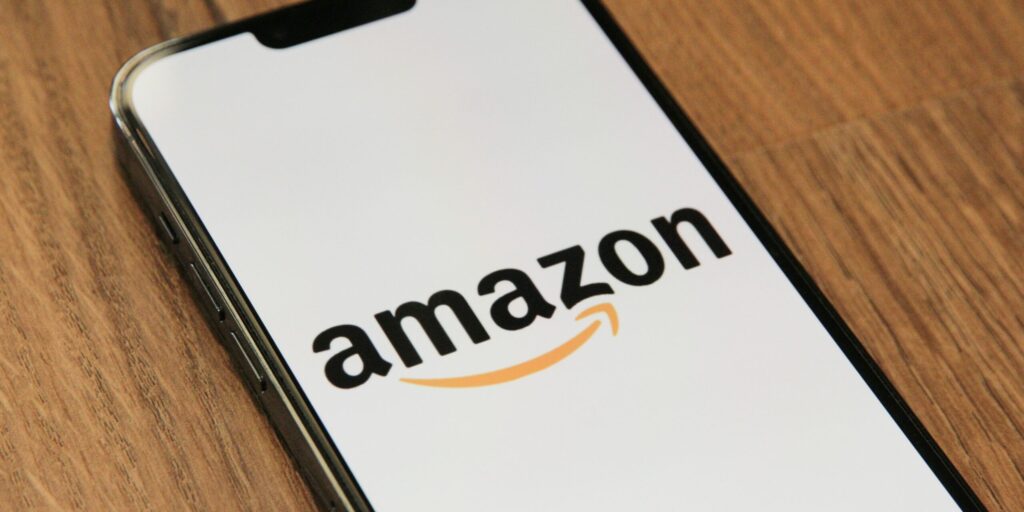Amazon has announced a significant expansion of its annual Prime Day event, which will run for four days starting July 8, 2025. This marks a major shift from its traditional two-day sales event. The decision to extend the sale period reflects Amazon’s strategy to boost sales during the competitive summer shopping period and meet growing consumer demand for exclusive online discounts.
Historically, Prime Day began as a one-day event in 2015 and quickly evolved into a two-day sale in subsequent years. In 2025, the four-day event will run from July 8 to July 11, providing additional opportunities for both Prime members and the broader consumer base to access discounts on a wide range of products.
Navigating the Economic Landscape
The timing of this expansion comes as businesses face growing concerns about global trade tensions and the potential impact of tariffs on consumer goods. As international supply chains remain under pressure, retailers like Amazon are looking to maintain stable pricing despite potential cost increases from imported goods. The four-day Prime Day provides Amazon with an opportunity to counteract this by offering substantial discounts to keep consumers engaged and mitigate the effects of higher prices due to tariffs.
In 2024, Prime Day sales reached approximately $18.5 billion. Projections for 2025 suggest an increase of 28.4%, with total sales expected to top $23.8 billion. Analysts attribute much of this expected growth to the continued rise in online shopping, particularly among younger generations such as Gen Z, who are increasingly drawn to digital-first retail events.
Expanding Opportunities for Sellers and Shoppers
For Amazon’s third-party sellers, the expanded Prime Day period presents both challenges and opportunities. Sellers will have more time to capitalize on the increased traffic, but many face concerns about maintaining profitability, especially amid rising tariff-related costs. Amazon, for its part, has preemptively stocked products to minimize the impact of potential delays.
This year’s discounts are set to include significant price reductions on home electronics, back-to-school essentials, and seasonal goods. Additionally, new cashback incentives for Prime members could make the shopping experience even more attractive, especially for those loyal to Amazon’s ecosystem.
The Competitive Retail Landscape
The growth of Prime Day has not gone unnoticed by Amazon’s competitors. Retailers like Walmart, Target, and Best Buy are launching parallel sales events to attract consumers looking for bargains. This retail competition is expected to drive even more traffic to e-commerce platforms during the event, as shoppers compare deals across different websites.
Overall, Amazon’s decision to extend Prime Day to four days signals its commitment to strengthening its position as the dominant player in global e-commerce. The event’s growing importance in the retail calendar highlights how Amazon is continuously evolving its strategies to meet changing consumer expectations and navigate economic challenges.


